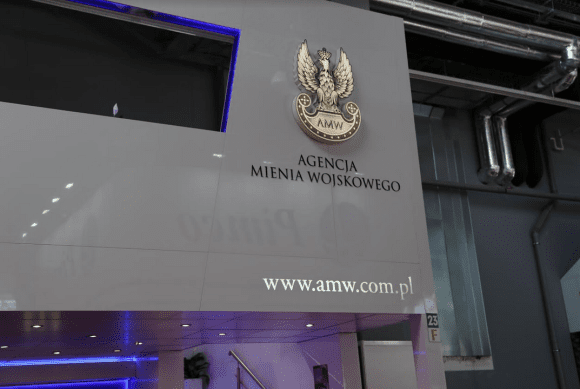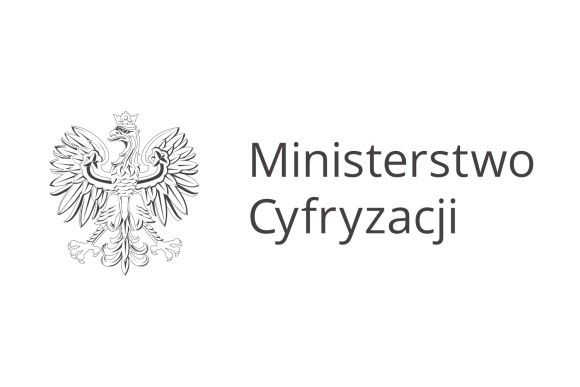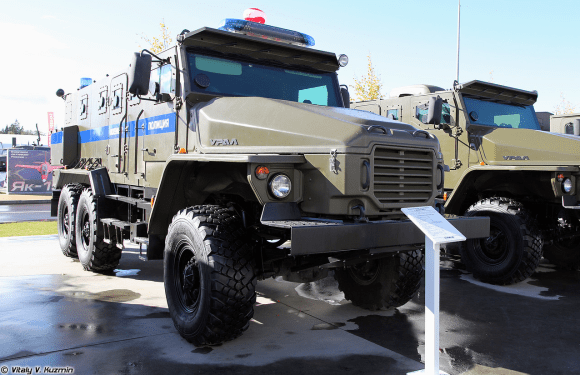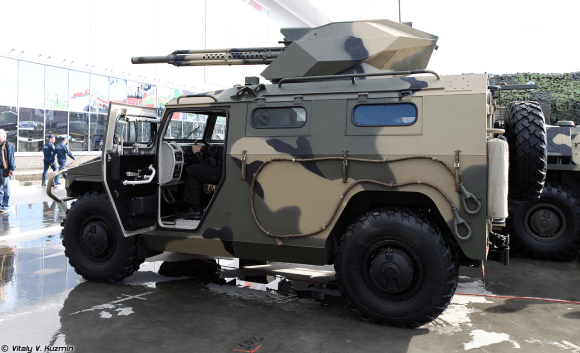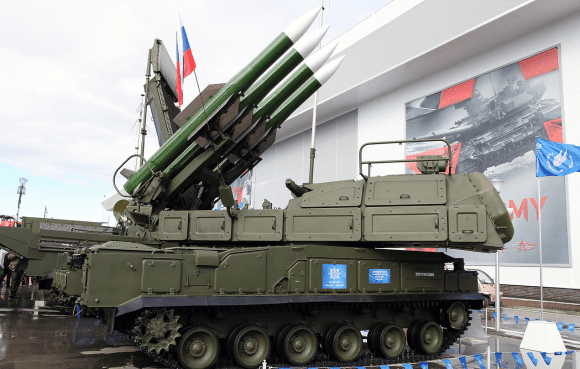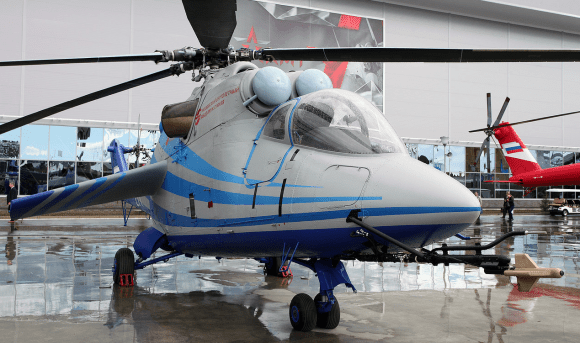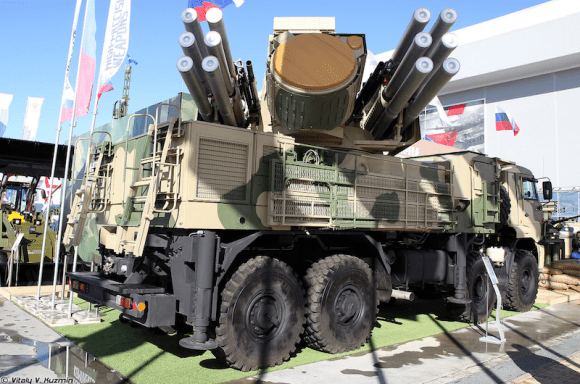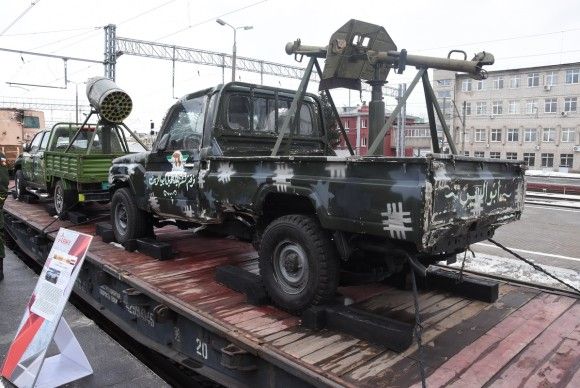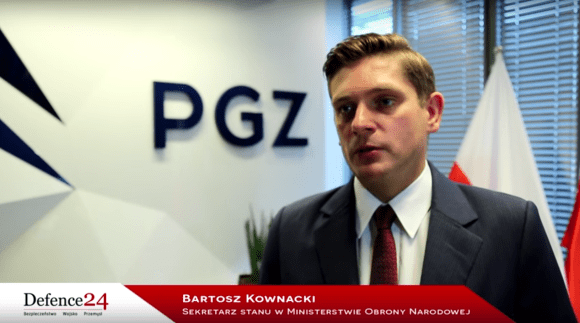Armed Forces
Ostrava NATO Days 2015: AW139M - AgustaWestland’s Offer For The Czech Army
Agusta Westland offers its AW139M helicopter, in the tender, the aim of which is to select light multi-role rotary-winged aircraft for the Czech Armed Foces. The manufacturer is also interested in cooperation with the Czech industry and it has already signed a proper agreement with the LOM Praha company, covering the support, maintenance, crew training and adaptation of the offered design, to the needs of the future user.
Agusta Westland offers its AW139M in the tender, the aim of which is to select light multi-role helicopters for the Czech Armed Forces. The helicopter, according to the manufacturer, is well tailored to the requirements of the Czech Ministry of Defence. The aim of the tender is to acquire 12 lightweight multi-role helicopters. Moreover, Prague is interested in purchasing from 30 to 35 rotor-craft, in order to replace the Soviet-made Mi-8, Mi-17 and Mi-24/35 helicopters.
READ MORE: Czech Republic Will Acquire New Helicopters. More Than It Was Initially Planned
Agusta Westland is focused on the former tender, the aim of which is to acquire light multi-role helicopters. The company offers the light and popular AW139 rotor-craft. This type of helicopter entered service back in 2003, and since then, the Italian-British company received orders, leading to procurement of 800 helicopters. More than 700 examples have already been received by the users. The offered helicopters were received by 15 air forces, including air forces of the NATO member states. Uniformed services and numerous civilian users are also in possession of the Italian rotary-winged aircraft.
AW139M is a modernized variant of its predecessor, the AW139. The helicopter may be easily reconfigured, in accordance with a variety of mission requirements – from military transport and operations, the aim of which is to support the national services, rescue operations, reconnaissance, through close air support, finishing with the CSAR sorties. The helicopter is capable of carrying 15 passengers, or 10 fully equipped soldiers or special forces operators.
AW139M is propelled by the Pratt & Whitney Canada PT6C-67C engines, delivering power output of 1531 horse-power each. The engines are supported by an autonomous digital electronic control system, also known as FADEC. The above, together with a light airframe, partially made out of composites, and a composite main rotor, allow the helicopter to reach high cruise speeds (above 300 kph), along with a favourable power to weight ratio. Thanks to the above the helicopter is in possession of large power reserves, which, according to the representatives of the manufacturer, makes it possible to use it in any weather conditions safely.
The Italian design is also fitted with advanced avionics which make it possible to reduce the workload imposed on the pilots. The cockpit features the Honeywell Primus Epic glass cockpit system, fitted with four LCD displays, along with a display for the external video/thermal vision camera and a mission console. 4-axis auto-pilot is an integrated part of the avionics suite. The crew efforts are assisted by a weather/observation radar, fitted in the front part of the fuselage.
The described rotorcraft also features some survivability enhancements, since the rotor and the fuselage are bulletproof. Additionally AW139M is fitted with self-sealing fuel tanks, missile self-defence system and a laser warning receiver.
The tasks are also to be easier to realize thanks to the helicopter structure which reduces the aiframe’s IR and radar signatures. AW139M may also carry armament. Besides the door-mounted machine guns, the helicopter may also carry machine gun pods and guided and unguided missiles and rockets, on the eternal pylons.
The manufacturer is interested in cooperation with the Czech industry. A relevant agreement has already been signed with the LOM Praha company, which may deal with support, maintenance and crew training, and it may also be responsible for tailoring the helicopter to the needs of the future user. AgustaWestland stresses the fact that 12 helicopters in too little to make assembly of the AW139M economically feasible in Czech Republic.
The crews coming from the Czech Air Force had a chance to learn about its capabilities during the Ostrava NATO Days event this year. During the dynamic display of the HH-139A helicopter belonging to the Italian Air Force (SAR variant of the AW139M rotorcraft) the pilots demonstrated a wide variety of manoeuvres that are within the range of possibilities offered by the Italian-British design, including hover and attempts of landing in a hostile area.
HH-139A flight also constituted an occasion to demonstrate the functioning of the onboard computers, including the LCD displays, communications systems and the external camera. The helicopter presented in Ostrava was also equipped with a wide variety of SAR missions equipment, including additional spotlight and a winch.

